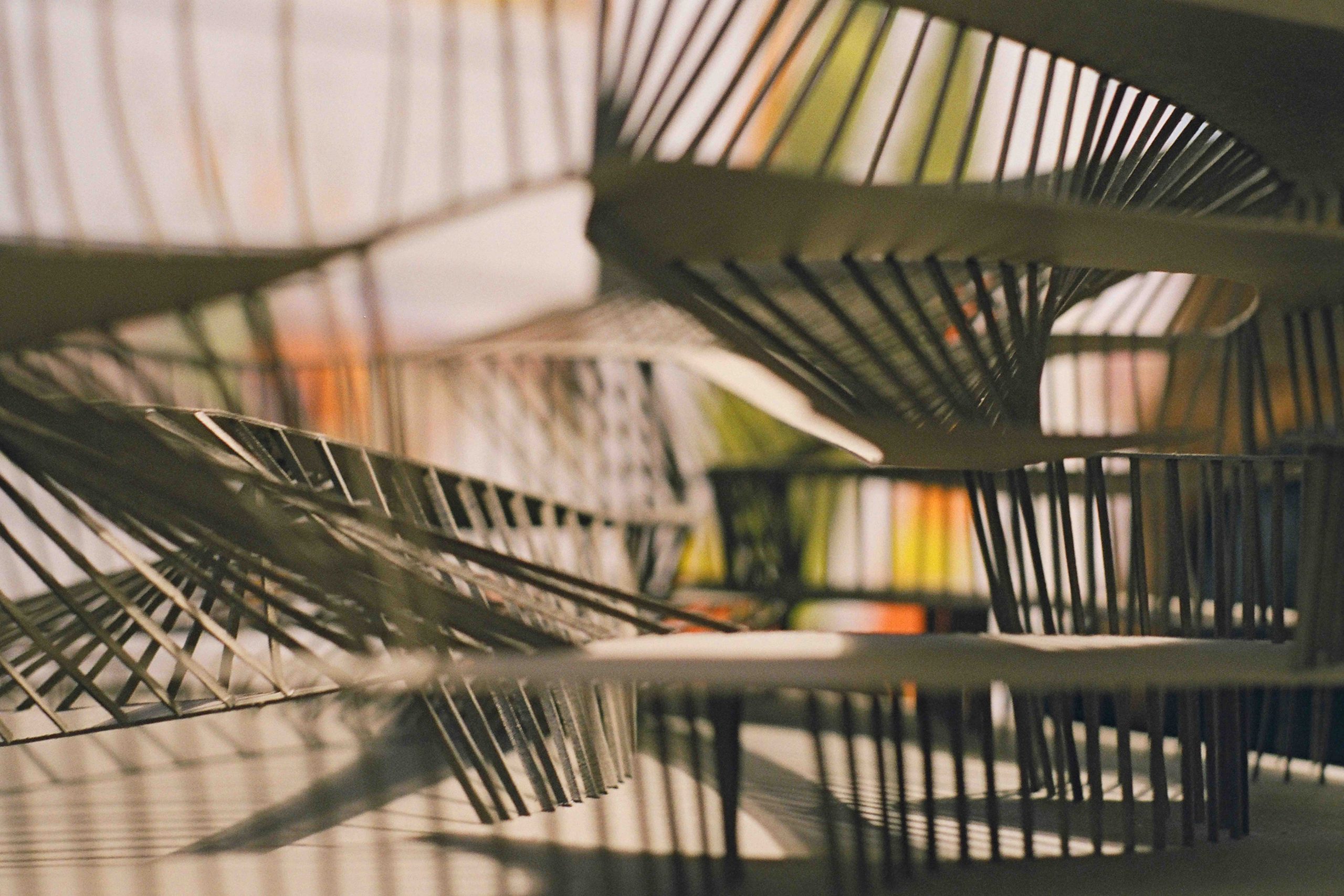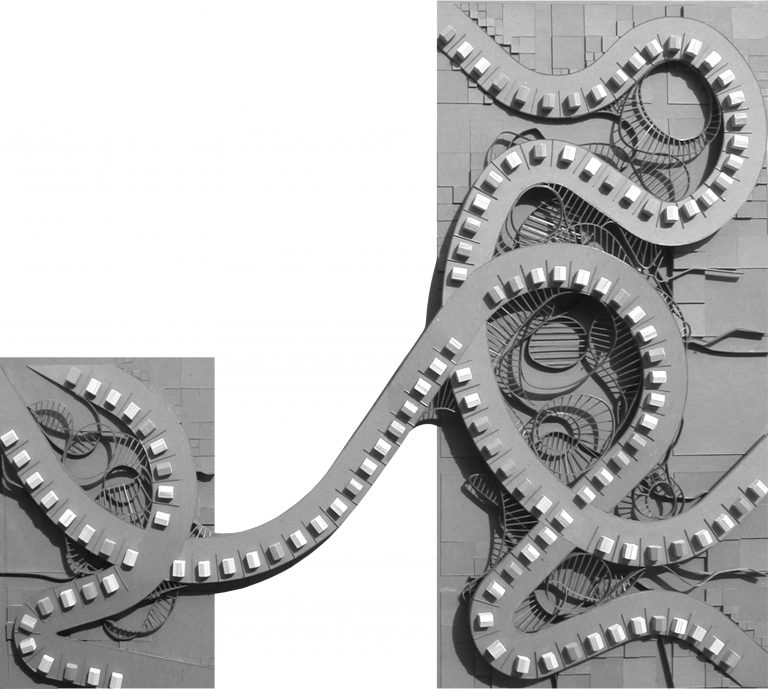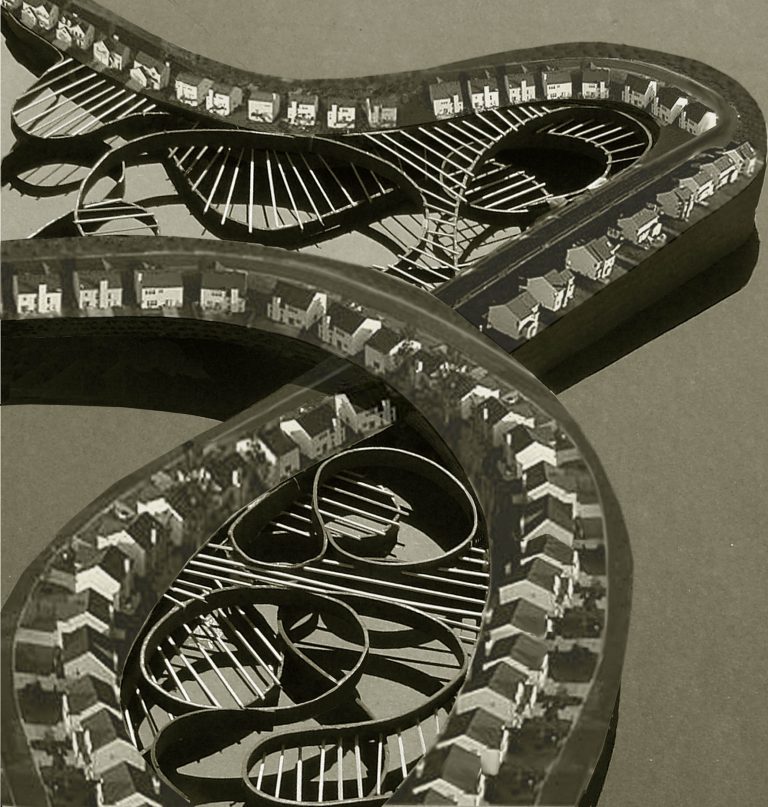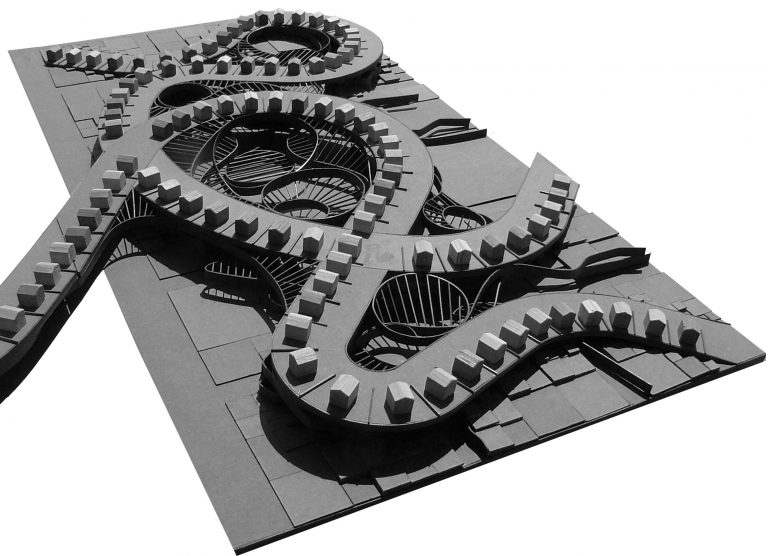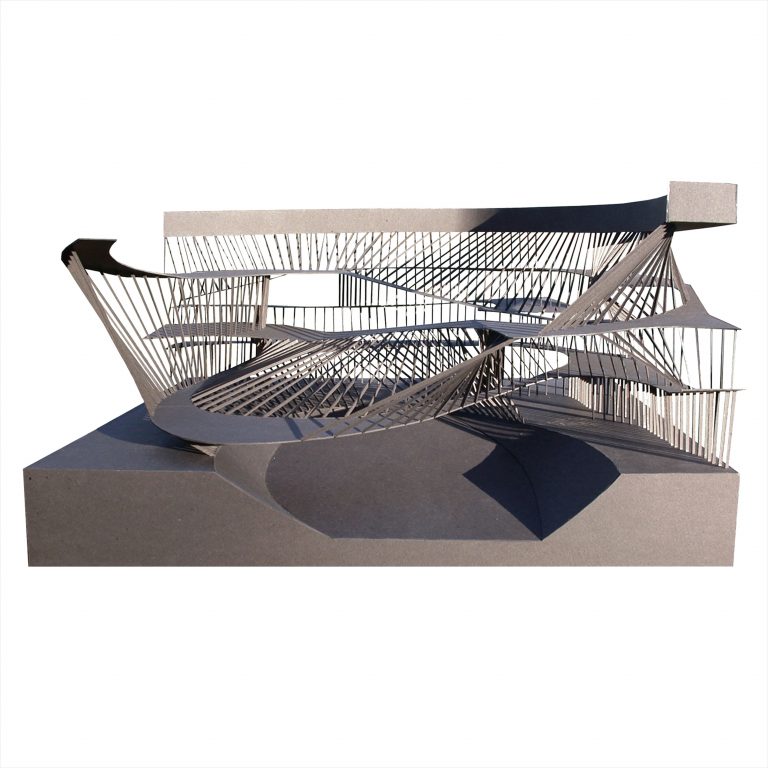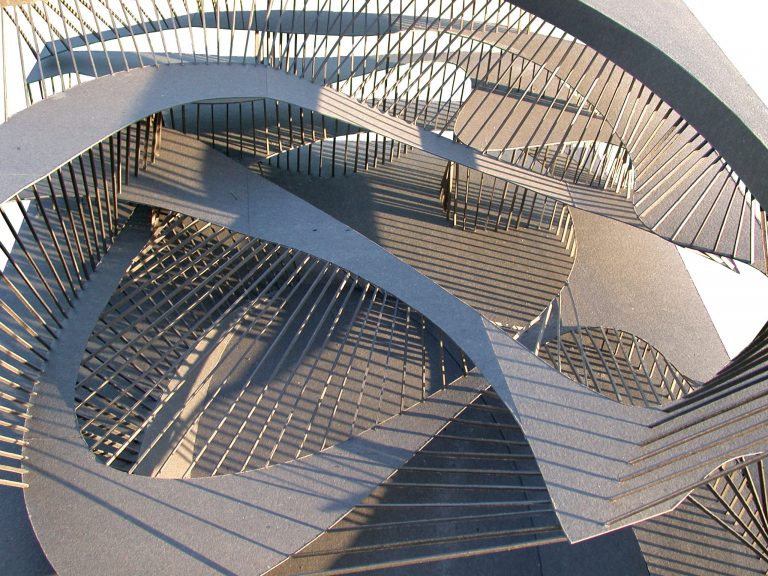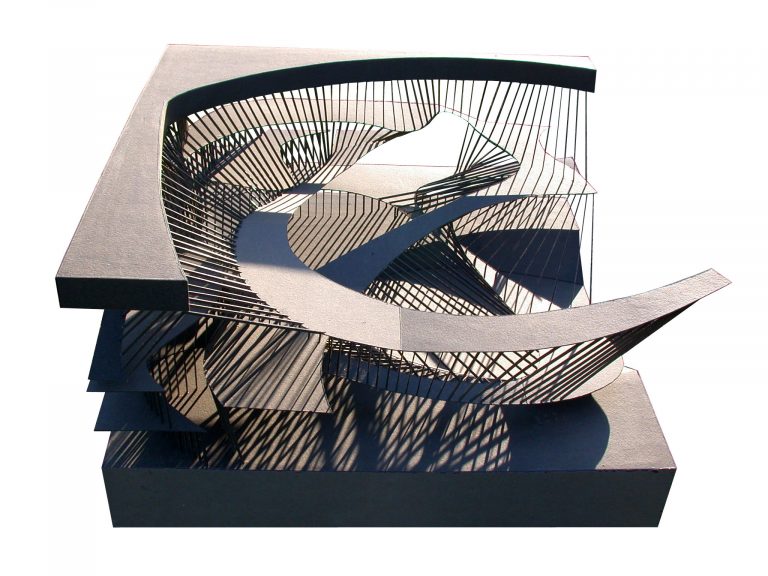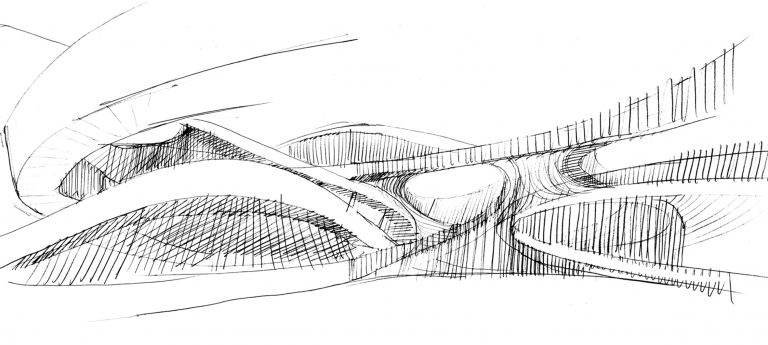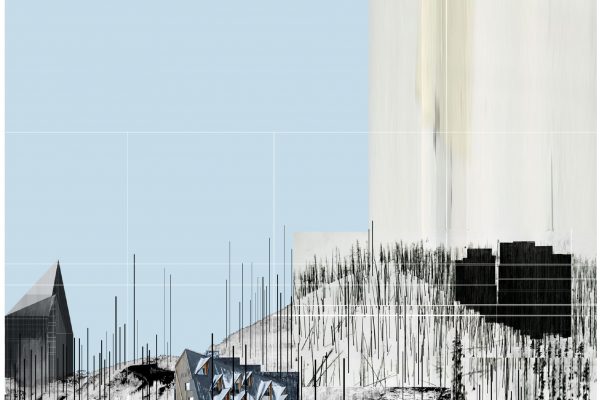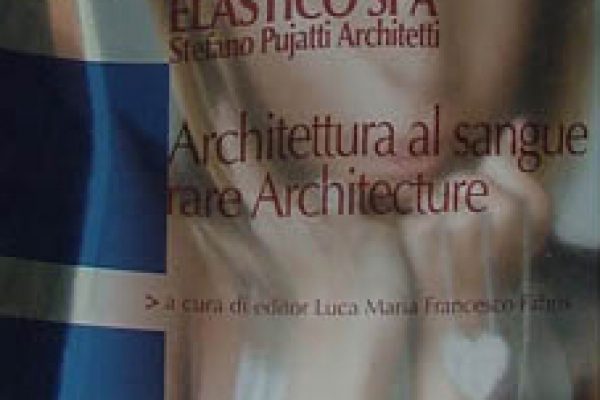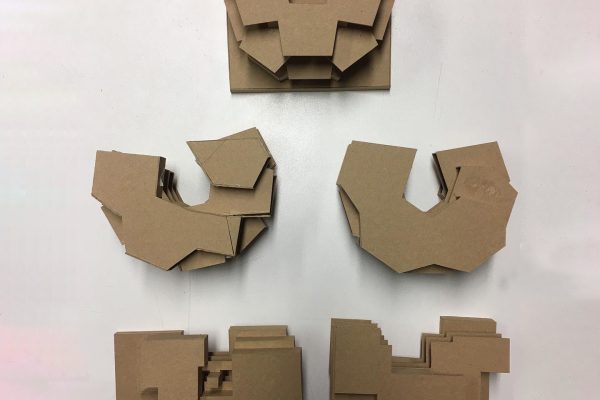2006_ EXHIBITION
VEMA
Biennale di Venezia
Photographs: Elisabetta Crovato
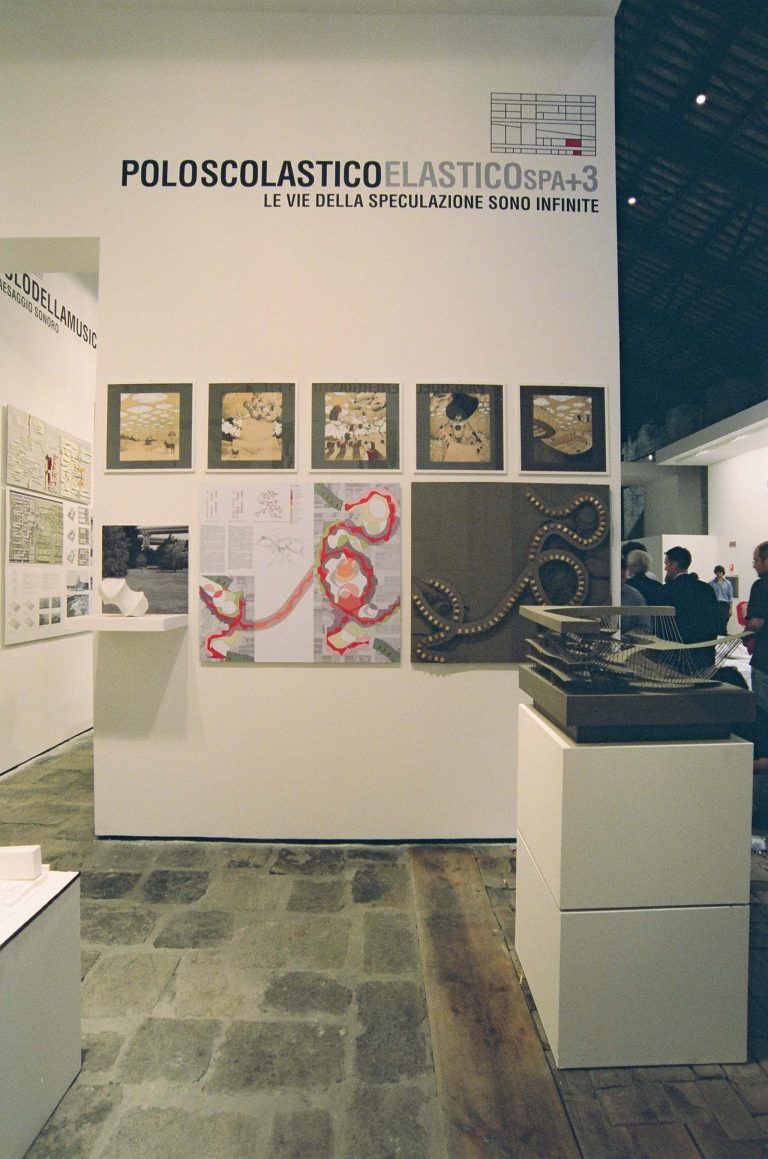
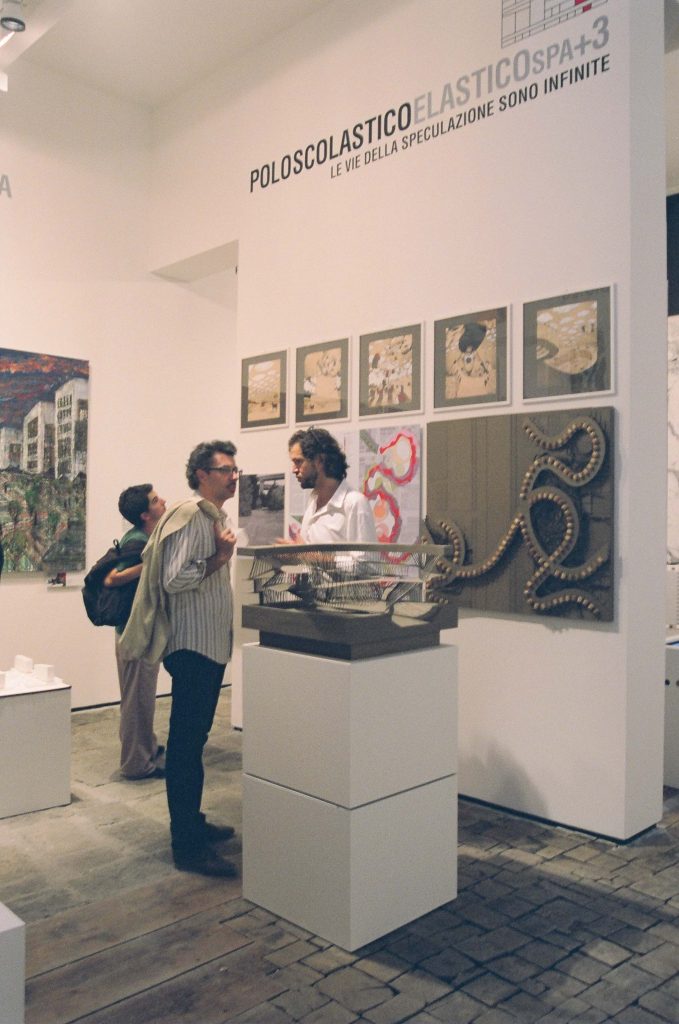
To imagine a new city, we looked at the cities with which we are familiar, and we envisaged their future. Urbanisation has spread world wide and it continues to grow but, while cities have different, contradictory forms, urban expansion is always hallmarked by low density. The result is an unprecedented occupation of territory, and Italy is no exception: in our country, there is no institutional resistance to the process.
Historical cities grew and consolidated to form dense urban fabrics around strong landscape positions that facilitated defence, trade, and control of the surrounding area. Contemporary urban structure, on the other hand, is increasingly a form of territorial subdivision created by individual transport, isolated homes and semi-detached houses.
Changes in urban form reflect changes in processes regarding the production of space. For many years, residential building has been dominated by private concerns, nearly always very small in dimension, whose only interest is maximum profit. The real estate market proceeds without reference to architectural quality. Public projects survive (but for how much longer?) only in the construction of infrastructure, primary services and urban refurbishment.
In the light of such considerations, the idea that architecture could play a significant role in redefining living spaces appears as a total illusion. We do not think that the city can be improved by means of domestic architecture, because this would require radical change of the real estate market before any such improvements could be made. We think that the only possibility is to work on the infrastructures providing services for the city, and transform infrastructure into the means that can restore form, meaning and density to landscapes that are increasingly desolate and unconnected, strung along roads and motorways.
In this sense, the school complex of VEMA was designed to be a geological movement that defines the landscape and delineates spaces for relations, interaction and information. Only after this, like beads on a necklace, can the litany of building speculation be allowed to develop. Like the bass line of a remix, the school at VEMA represents an attempt to give meaning to the monotonous and fashionable chorus of the diffuse city.
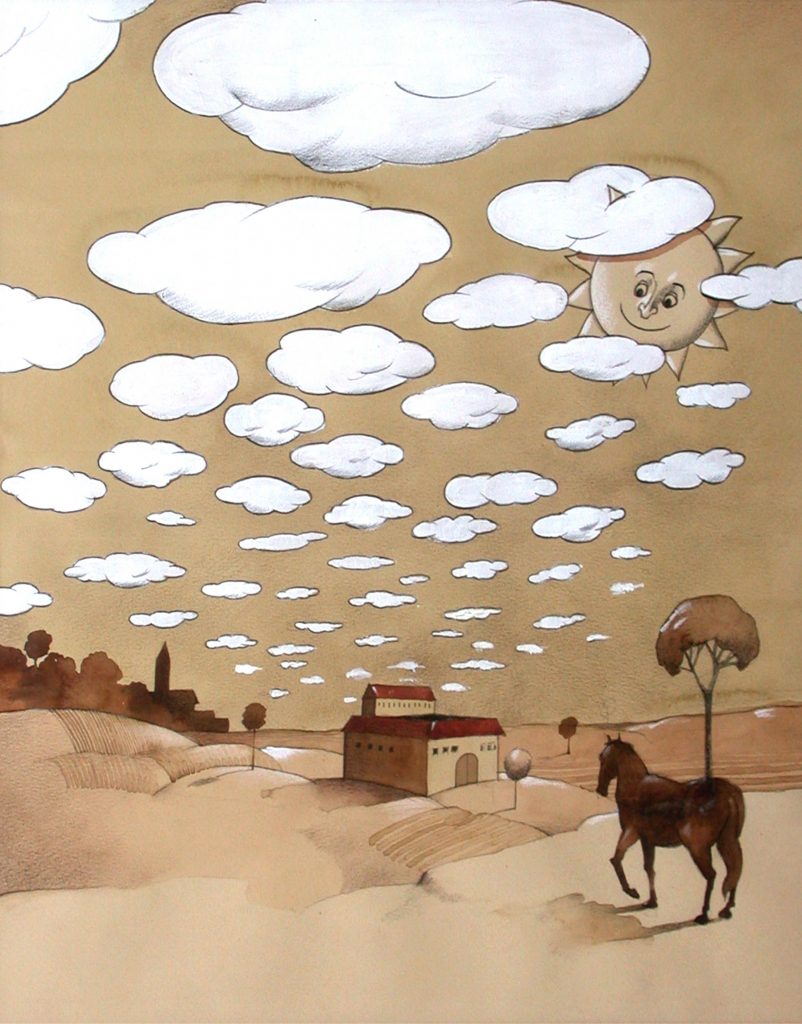
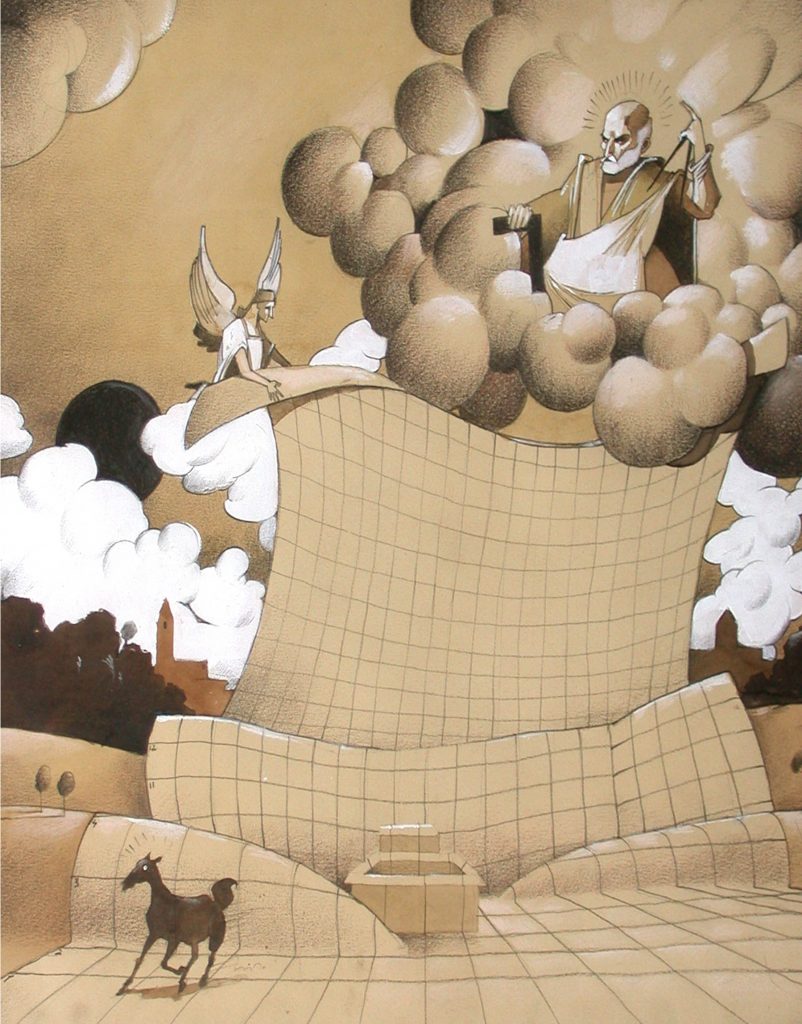
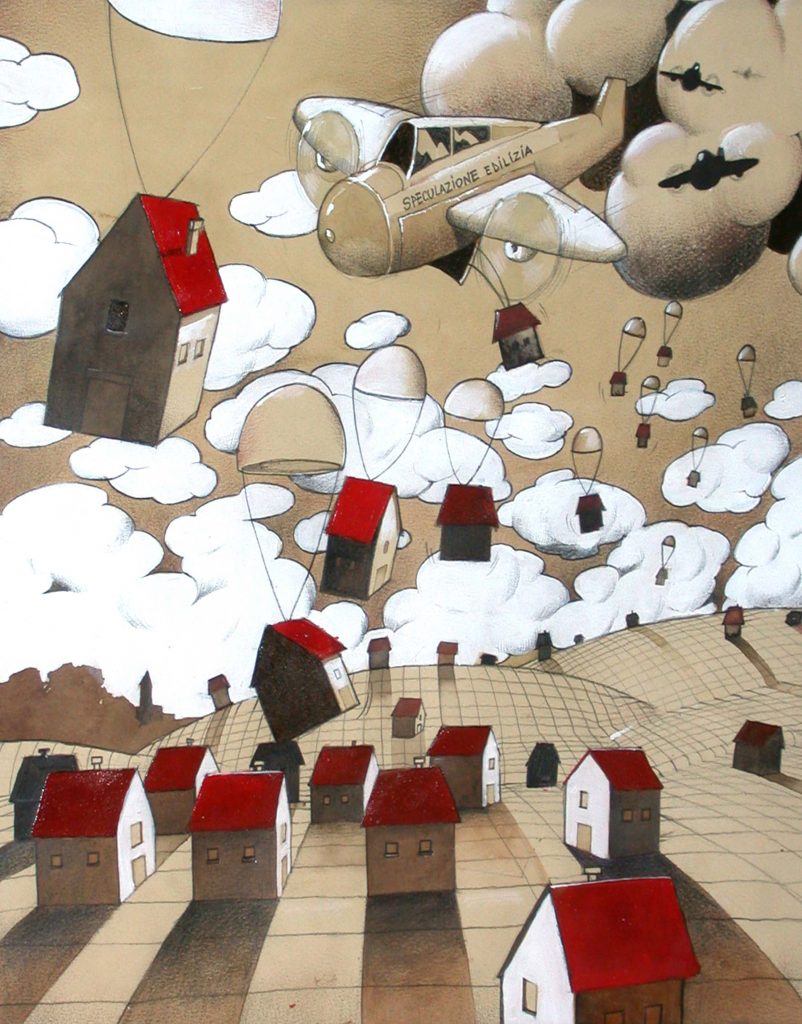
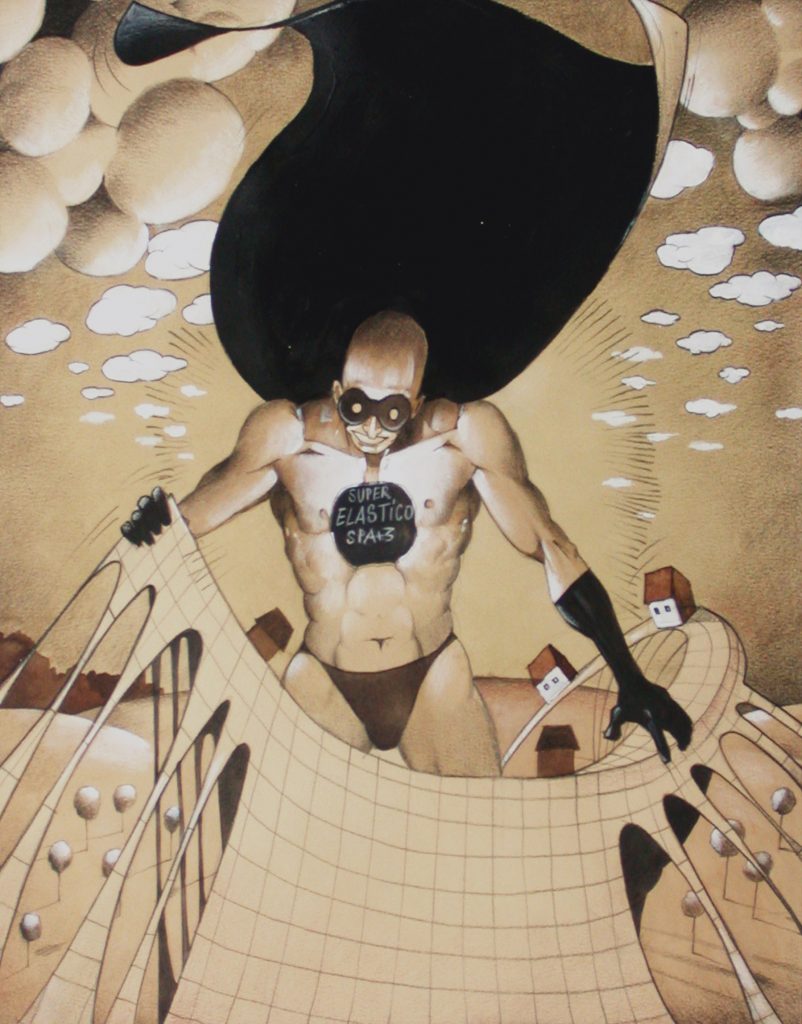
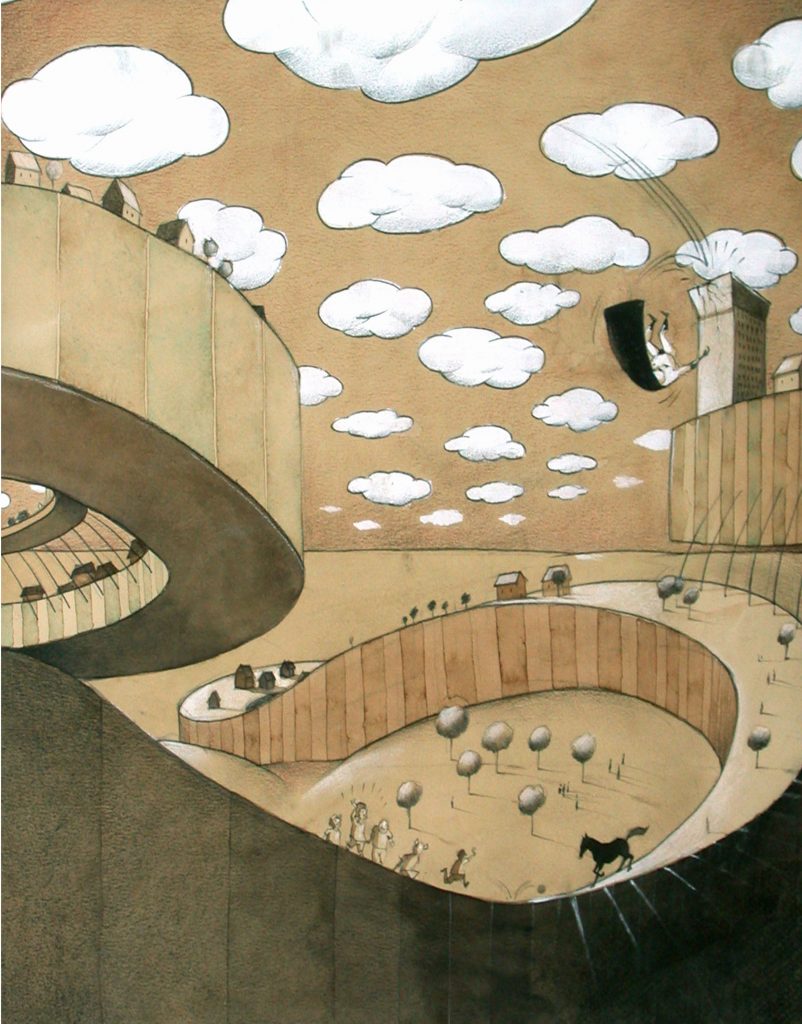
GLOSSARY
What role does the school have in contemporary society?
We have identified bridge-words, and linked concepts with forms, to develop an architectural model that expresses the content of this question.
Information: the society in which we live is dominated by the “paradigm of information” to the point at which it is often mistaken for culture. Pure access to the infinite field of information, or the organisation that introduces individuals to this information (school structure, educational process, etc.) comprises a form of articulation of knowledge, which however is not culture.
Culture: all the interactions between the possible modes of organising knowledge when they become interrelated, are transformed, open up new areas of knowledge, and lead to the possibility of doubt.
School: the location for education and knowledge, but above all the location for culture: the place where individuals learn how to put different fields of knowledge into relation, and how to develop the sense of criticism.
Lines: a group of open trajectories, moving in a certain direction in the realm of knowledge, that are deformed by the forces of mutual interaction. Every line is an educational itinerary, and along each line there are the spaces for primary educational functions: classrooms, services, offices.
Connections: the lines are interconnected in a complex, articulated manner, in a way analogous to the interactions that produce culture. Within them, the real process of education finds room for development, namely the process by which, after having taught lessons, everything is brought back into discussion.
Interactions: these exist in the spaces of connection, comprise activities that facilitate informal exchange and create culture: theatre, music, workshops, libraries, games areas, educational gardens, and sports facilities, creating a connective tissue between the school-lines.
Project design: ELASTICOFarm
ActionTeam: Stefano Pujatti, Alberto Del maschio, Corrado Curti, Valeria Brero, Daniele Almondo, Elena Ferraris, Marco Burigana
Artist contribution: Valentino Marengo

